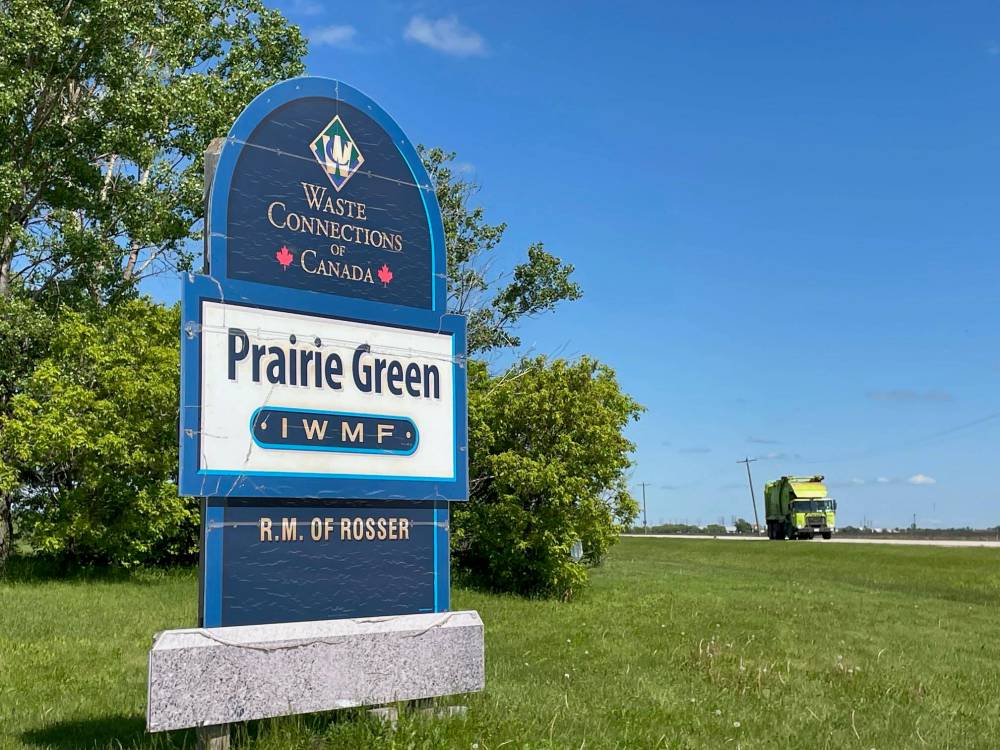Learning what’s right from our neighbour
Advertisement
Read this article for free:
or
Already have an account? Log in here »
To continue reading, please subscribe:
Monthly Digital Subscription
$1 per week for 24 weeks*
- Enjoy unlimited reading on winnipegfreepress.com
- Read the E-Edition, our digital replica newspaper
- Access News Break, our award-winning app
- Play interactive puzzles
*Billed as $4.00 plus GST every four weeks. After 24 weeks, price increases to the regular rate of $19.00 plus GST every four weeks. Offer available to new and qualified returning subscribers only. Cancel any time.
Monthly Digital Subscription
$4.75/week*
- Enjoy unlimited reading on winnipegfreepress.com
- Read the E-Edition, our digital replica newspaper
- Access News Break, our award-winning app
- Play interactive puzzles
*Billed as $19 plus GST every four weeks. Cancel any time.
To continue reading, please subscribe:
Add Free Press access to your Brandon Sun subscription for only an additional
$1 for the first 4 weeks*
*Your next subscription payment will increase by $1.00 and you will be charged $16.99 plus GST for four weeks. After four weeks, your payment will increase to $23.99 plus GST every four weeks.
Read unlimited articles for free today:
or
Already have an account? Log in here »
Hey there, time traveller!
This article was published 10/08/2024 (447 days ago), so information in it may no longer be current.
It can be done, and it should be done.
And everyone should have realized that all along.
At the very beginning of August, Saskatoon police recovered the remains of Mackenzie Lee Trottier at the Saskatoon landfill. They had been searching the site for her body for 93 days, three times longer than their search had originally been planned to take.

Ruth Bonneville / Free Press Files
The Prairie Green Landfill.
The search had many things stacked against it: it is extremely hard to locate human remains in something as massive as a landfill, and even if you know the approximate location you should be searching, the nature of landfill levelling and backfilling may mean you are actually in the wrong place altogether. It’s described regularly as harder than searching for a needle in a haystack.
The hunt can be dangerous for searchers, and the longer a person’s body has been in the landfill, the more difficult it is to find their remains.
Trottier had been missing since Dec. 21, 2020, meaning that when the search started in May 2024, her body had been at the landfill for three and a half years.
Still, the Saskatoon Police Service took on the task, searching the landfill primarily with police officers and using the department’s own budget. (Thursday, the provincial government in Saskatchewan announced it would pay for $1 million of the $1.5 million in search costs.)
The Saskatoon search makes an interesting comparison with the reasons given for not searching the Prairie Green Landfill for the remains of murder victims Morgan Harris and Marcedes Myran.
One thing that stands out in the Saskatoon case is that the main — and only — suspect in the case had died of a drug overdose months before police searched the landfill for Trottier.
In fact, he died before police had gathered enough information to determine whether a search of the landfill was necessary.
While police had already searched the suspect’s cellphone for information once, a second, more detailed search — undertaken using a search warrant after the man’s death — found that, at the time of Trottier’s disappearance, the suspect had searched for information on the garbage collection scheduled for his residence.
The police then used that information to locate the area that needed to be searched in the Saskatoon landfill.
Using GPS co-ordinates, they were able to track the garbage truck that had collected waste from Saskatoon’s Mayfair neighbourhood on the day the suspect had been searching online, and the precise section of the landfill where the truck had deposited material following its collection.
Remember that, by then, there was only one suspect, and he was dead.
In other words, the search wasn’t undertaken because of a need to continue the investigation, but instead because it was seen as a necessity to do what it took to recover the victim’s remains.
There are admittedly significant differences between the search in Saskatoon and the one that is now beginning in this province: the area of the Prairie Green landfill being searched here is much, much larger, and the waste site has significant contaminants, including asbestos, that can pose dangers for search personnel. Costs for a full search of Prairie Green are also significantly higher, with estimates for a full search of the area where the bodies are believed to be located running at more than $100 million.
But the main reason for searching for the bodies is the same in both cases.
You don’t knowingly and deliberately allow the indignity of leaving the bodies of homicide victims to rest in a landfill.
You make every best effort to search for them
Because it is the right thing to do.




